


If sex is the key to marketing, focusing on youth is a brand’s gateway to worldwide success. When examining the amount of hypersexualised content we consume, it is inevitable to evaluate whether or not this is part of our identity.
A sexualised yet painful truth lies behind the active role of society receiving this kind of influence – we are constant consumers and adapt to society’s norms, unconsciously trying to fit in.
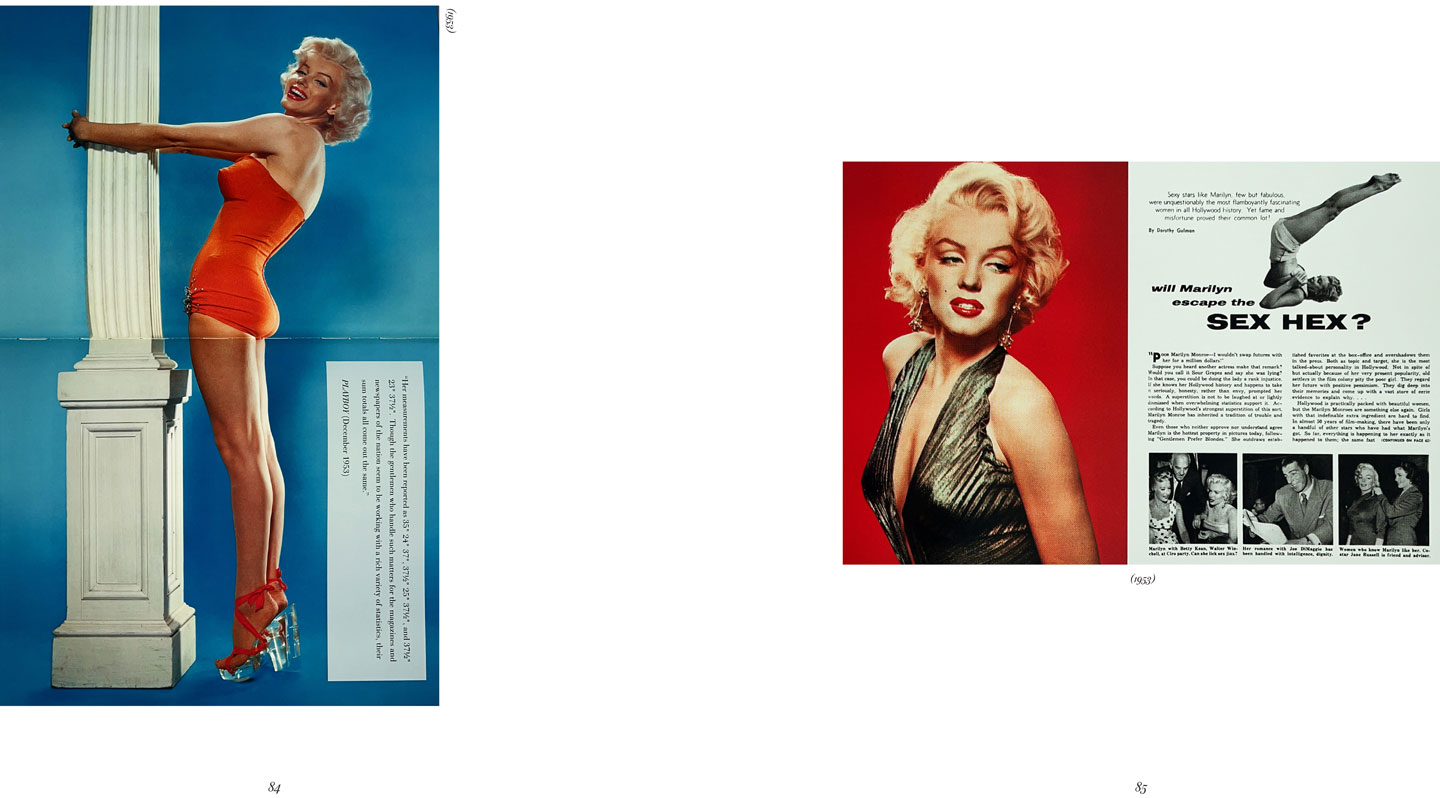
Marylin Monroe's image in the 1950's, as seen in various magazine spreads
Throughout this study, you will read how the power of the media shapes people’s identities, lifestyles and aspirations by making them give up their morality.
In the contemporary era, we conform to a society based on ideologies created to fulfil our abstract ideals of desires – C. Rojek, 2001
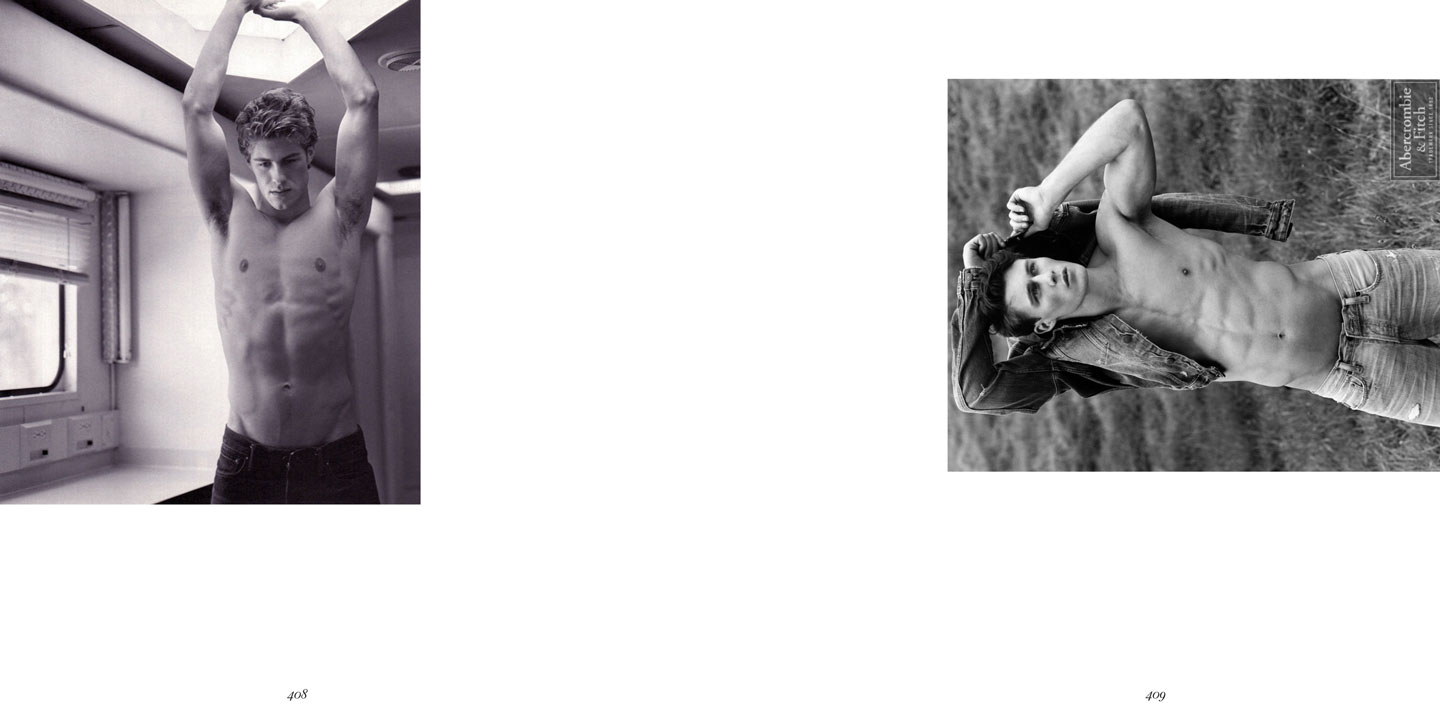
Hypersexualisation in the 2000s: Abercrombie & Fitch advertisements
We live in media times of hyper-sexualisation and aspirational youth, forced to stay young and to succumb to our identity and our essence of uniqueness. We are asked to belong to society by dismantling the sense and meaning of individuality, and we are told to consume the ideal and aspirational image of the present time.
The hypersexualised marketing model based on the fulfilment of abstract desires, as per Chris Rojek’s 2001 theory, helps analyse the reasons behind the status attributed to celebrities, their commodification as sex symbols, and the aspirational ideal of youthfulness.
The main stages of the identity growth of some VIPs can be analysed according to their background, following their path to celebrity status and their influence over the media world.
We can start our research from Europe by considering the role of Brigitte Bardot while looking at the United States under the influence of Marylin Monroe’s success and then proceed with two iconic representations of American youth in their respective periods – James Dean and River Phoenix.
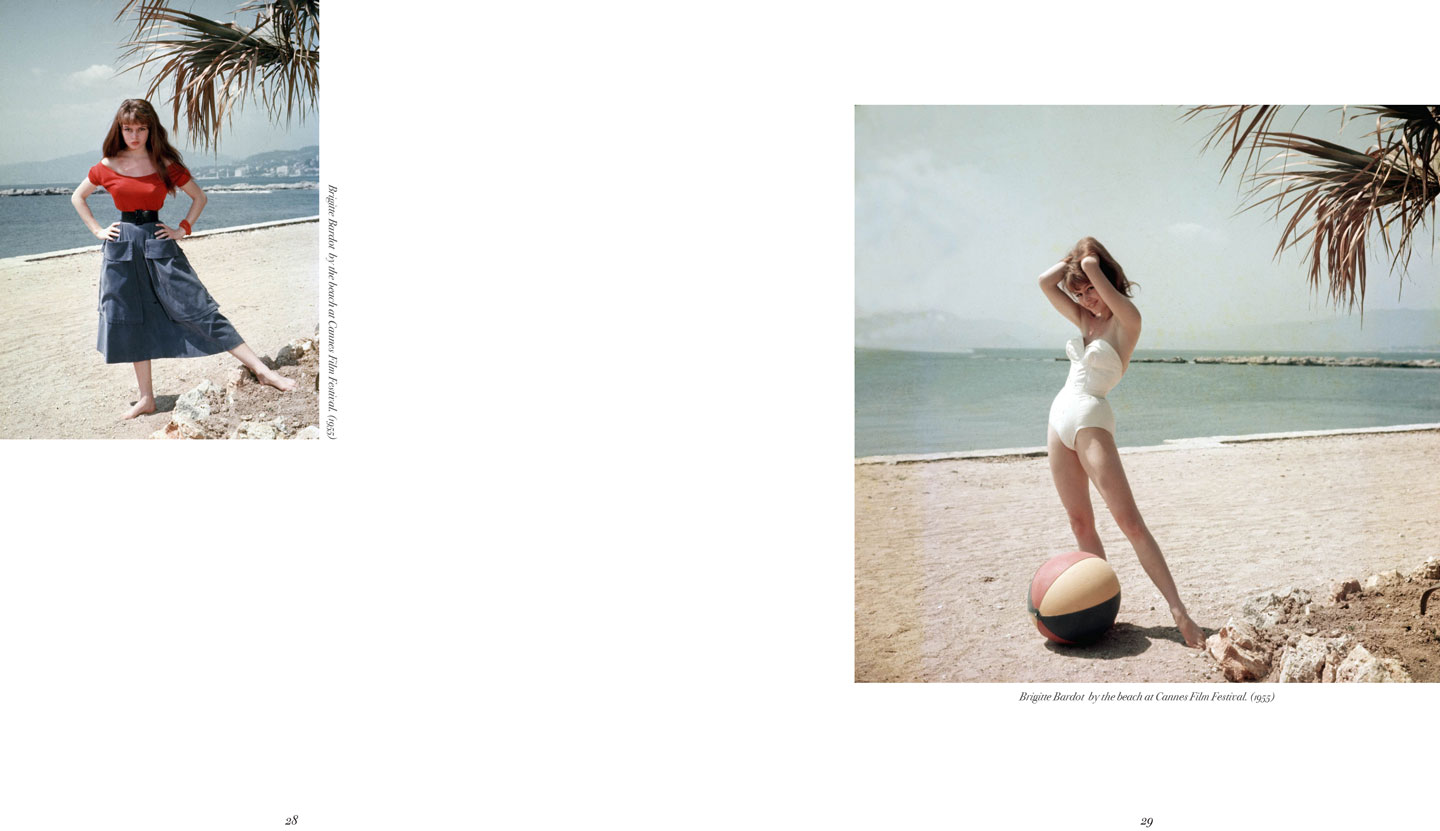
Brigitte Bardot in the 1950s
The power they have all gained in the media is quite evident. The character traits that led to their “celebration” fulfil the need for a role model. (C. Rojek, 2001) (T. Edwards, 2010). Their influence on their generation is created and controlled by the media.
We can map the lives – inextricably linked to the careers – of research subjects such as Bardot and Monroe by analysing the symbolic attributes of their character and their journey from beginning to end, as well as the relevance of their iconic personalities for the future of the media. We can also understand what they represented for a generation deeply connected and influenced by their message and aspirational image.
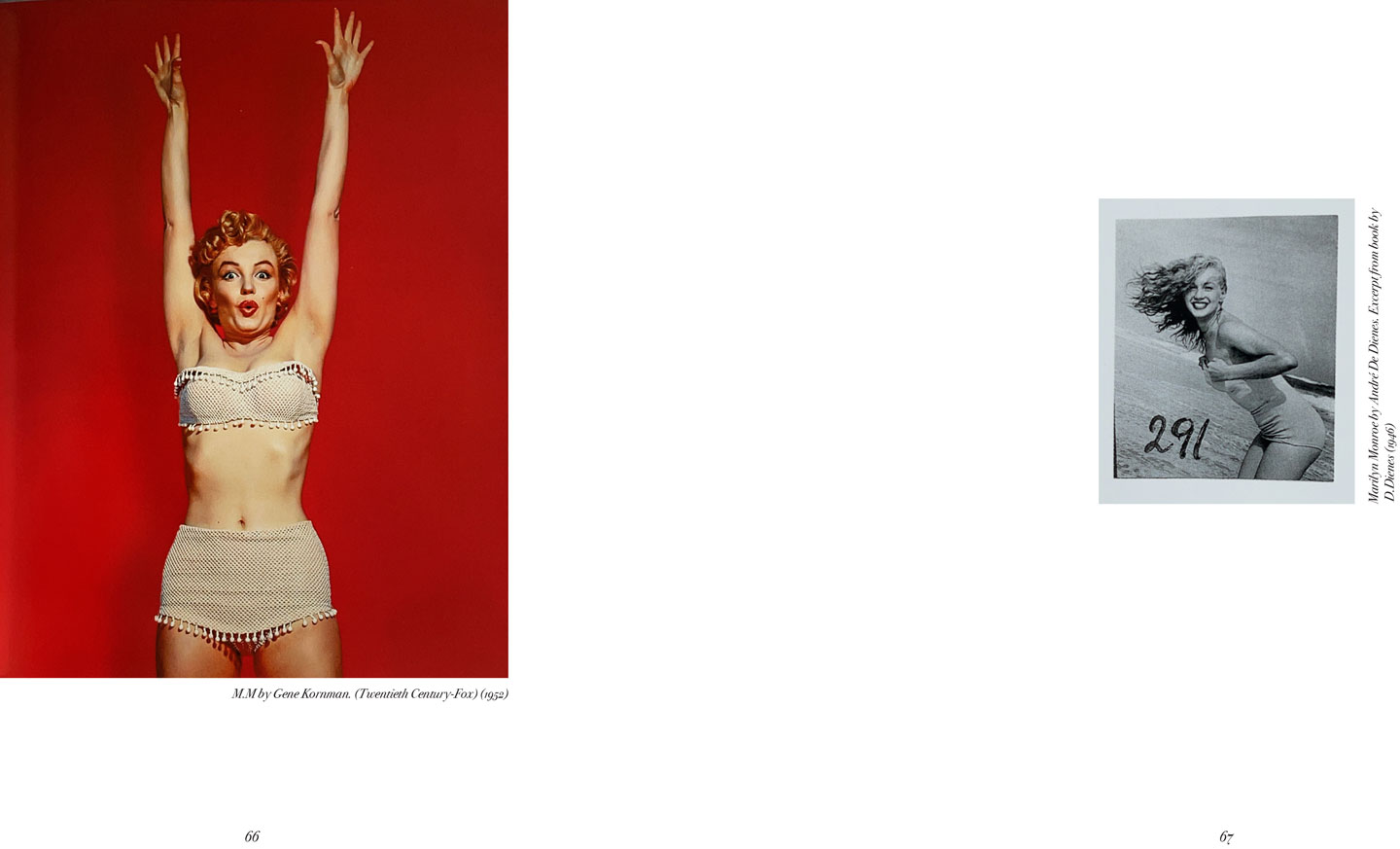
On the left, a portrait of Marylin Monroe by Gene Kornman (1952); on the right, a portrait of Marylin Monroe by André De Dienes (1946)
Bardot's rise as a public figure coincided precisely with that of the modern French media. Her agents branded her at every stage of her career, from the Jeune fille ‘role model’ to the ‘sex-kitten’ label, an example of the repercussions of social constructionism on aestheticising the ideal woman. As a fashion model, Bardot showed a combination of youth and sensuality and a modern version of the “eternal female,” thus a new kind of eroticism. (Vincendeau, 2019.) (Simone de Beauvoir, 1959.)
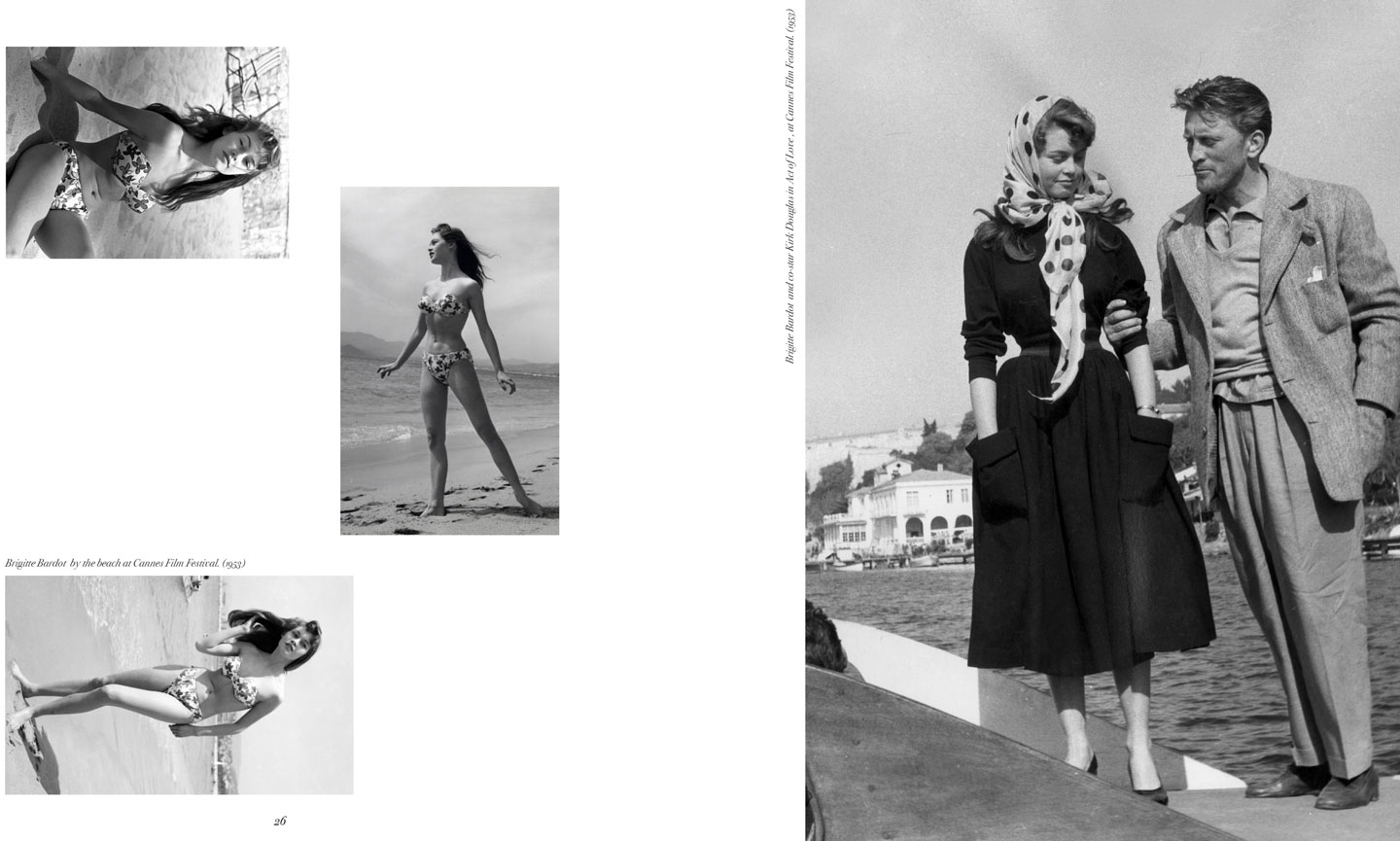
Brigitte Bardot at the Cannes Film Festival
Norma Jeane Mortenson, aka Marylin Monroe, the most photographed woman of the time, was known for her beauty, youth, eroticism and sensuality. All these aspects were crucial in the celebrification process followed by her years of success, which defined an era of beauty, admiration, media overexposure and public attention by powerful and influential people, especially eminent men.
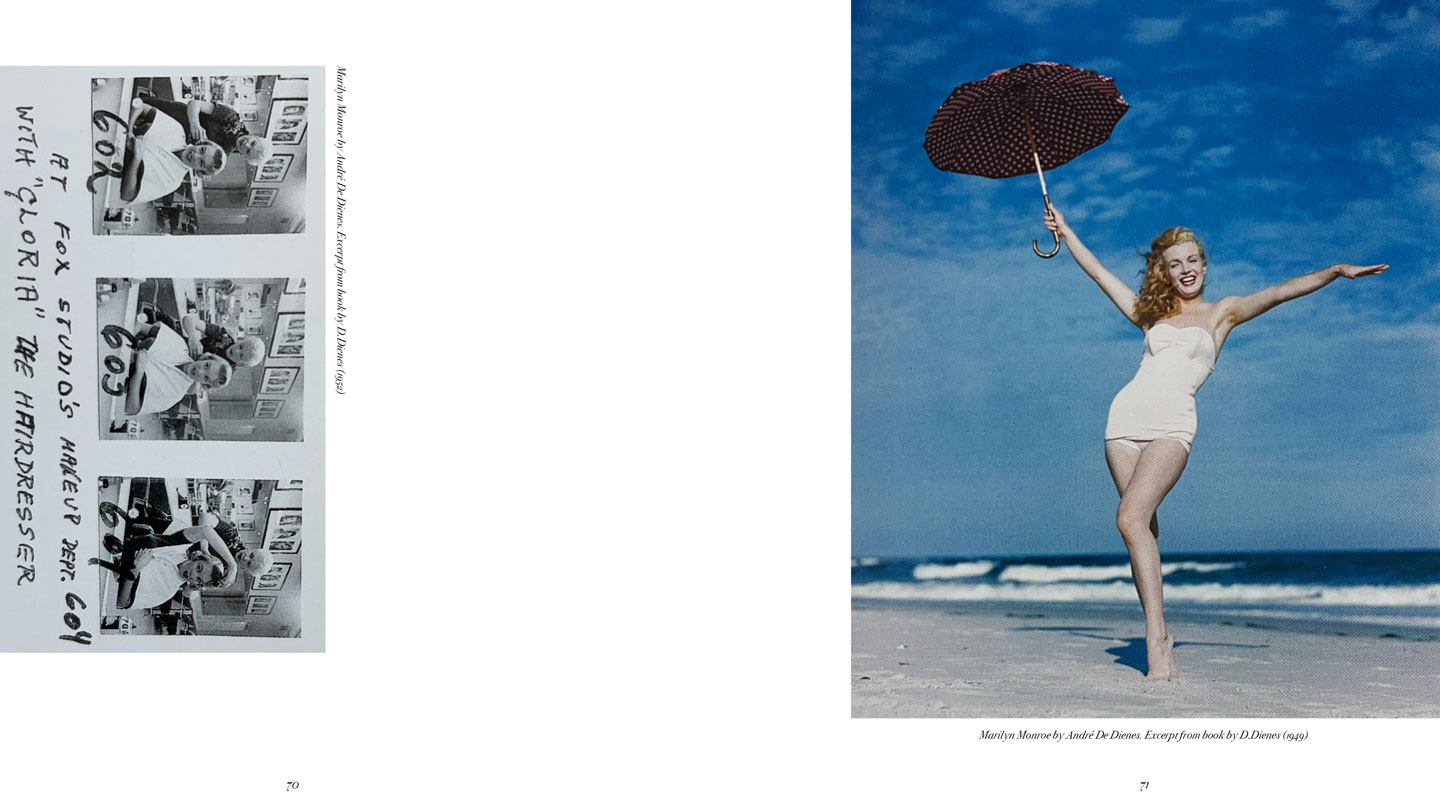
On the left, a portrait of Marylin Monroe by André De Dienes (1952); on the right, a portrait of Marylin Monroe by André De Dienes (1949)
Through an analysis based on the fundamentals of Rojek’s theory, it seems quite clear how these people acquired their celebrity status through the role of the media and how the media is responsible for constructing celebrity.
It is crucial to remember that the case studies are human beings who have lived in the most diverse conditions yet have all been victims of their hypersexualisation. What does it mean to be attractive? Handsome? Desirable? The answer lies behind the visual translation of the Zeitgeist.
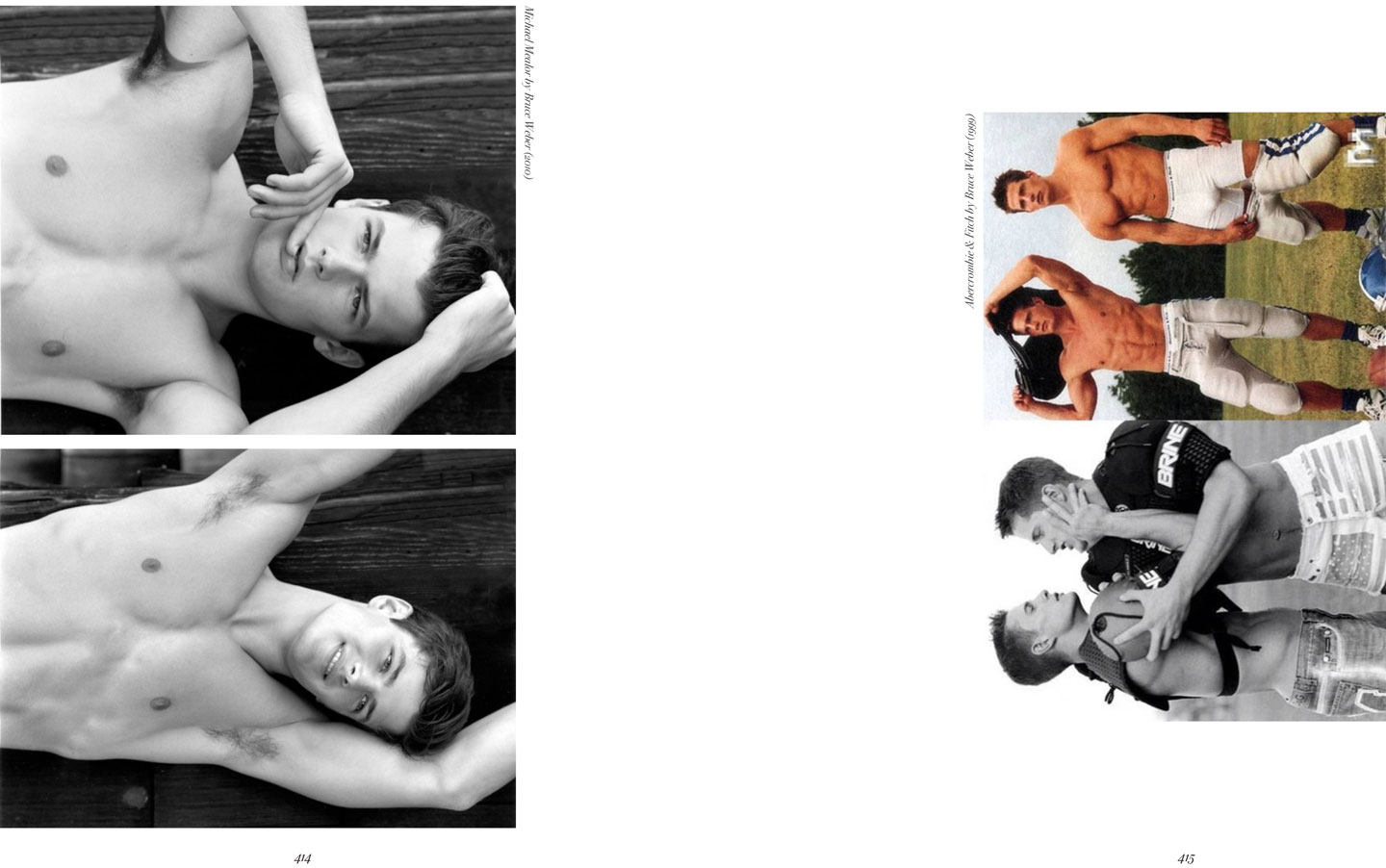
Hypersexualization in the 2000s: Abercrombie & Fitch campaigns
Photographic work by artists such as David Hamilton should also be examined, as well as the behaviour of globalised fashion brands like Abercrombie & Fitch. They are largely responsible for defining an era of advertising with hyper-sexual traits, as well as an aesthetic and aspirational message that can be grasped in the light of Rojek and Veblen’s theories, introducing Grant McCracken’s Culture & Consumption theory to support the analysis (2001, 1899, 1988).
To complete our research, we should consider a subject’s behaviour about a fashion brand and the relevant impact on the perception and icon-isation of the label itself, according to studies by Jean Baudrillard (1972, 1983).
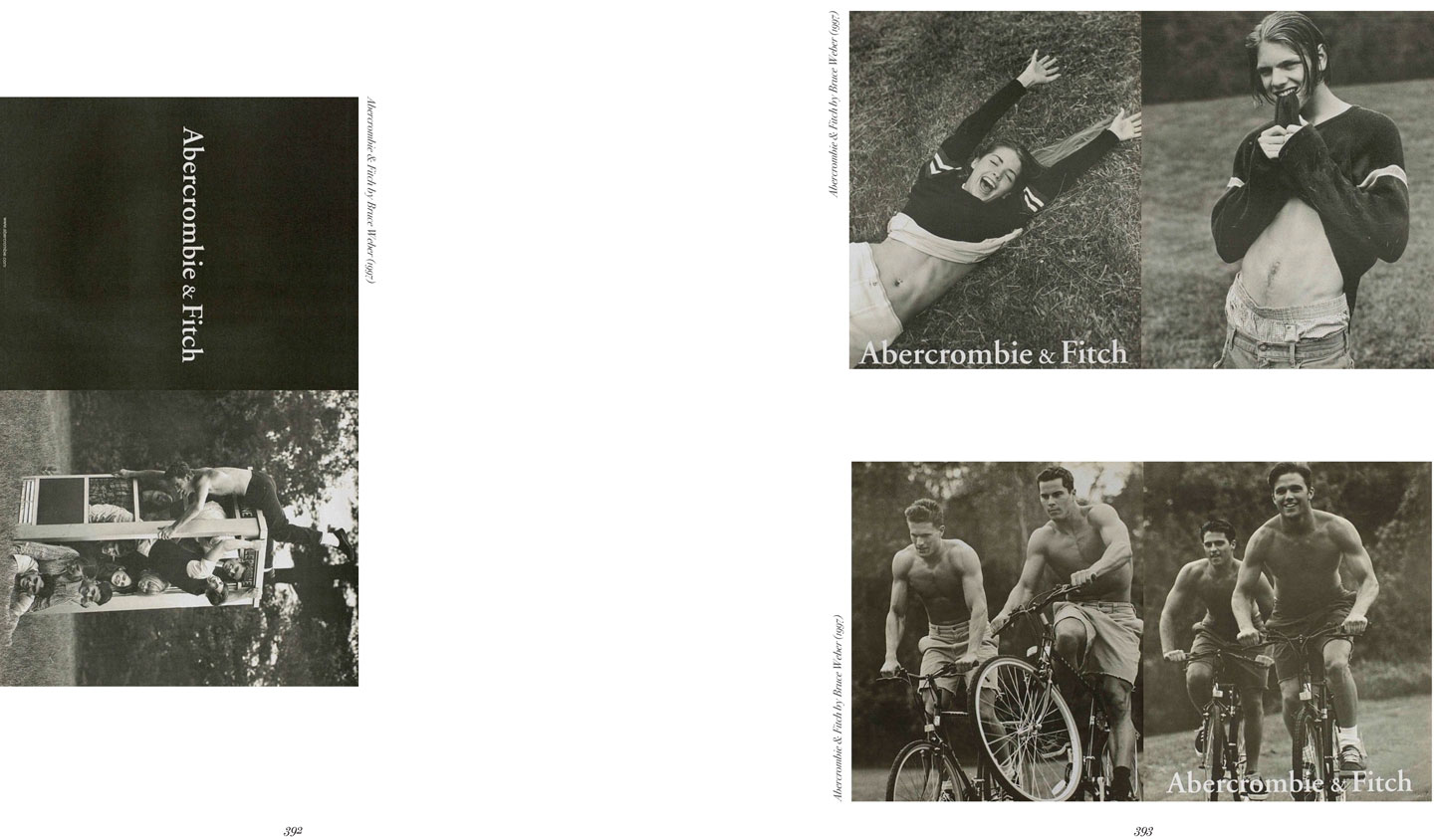
Abercrombie & Fitch campaigns
What is acceptable in our society is based on our society’s tolerance of acceptance. As people in the media world, we belong to a cycle where tolerance and acceptance contradict each other. Although we want to become a society that embraces all individuals without discrimination of age, gender, race or physical characteristics, we still receive information on how we should be, dress, and act. We are not influenced by a positive culture that leads to evolution but by the hyper-sexualised idea of our youth.
“The discrepancy between the realities and the moral imperatives of a community has no obvious remedy” – G. McCracken, 1988
The idea that one has to accept, become and be part of what the media promotes to be accepted as ideal has proven not to bring any good results: dissociation disorders are prevalent in our modern society due to media overexposure.
Besides this, it is also helpful to consider the impact of influential fashion houses that revolutionised a people’s way of being, living and aspirational needs. Indeed, these luxury giants have influenced, transformed and divided society.
Where will all this lead us as a society? Not when, but how is this going to stop?
How much longer must we give up our identity and individuality before we realise that this is an elusive truth, created by a world that personifies and sells an aspiration by offering us products to become like this personified aspiration? After achieving this “goal”, they bring us someone new, a new aspiration; they personify that too and sell us products to become like this other personified aspiration... And we want to become different every time, joining the loop and accepting everything the media claims to be acceptable.
Dana Vazquez Rios,
Third-year Styling and Creative Direction student, Milan



